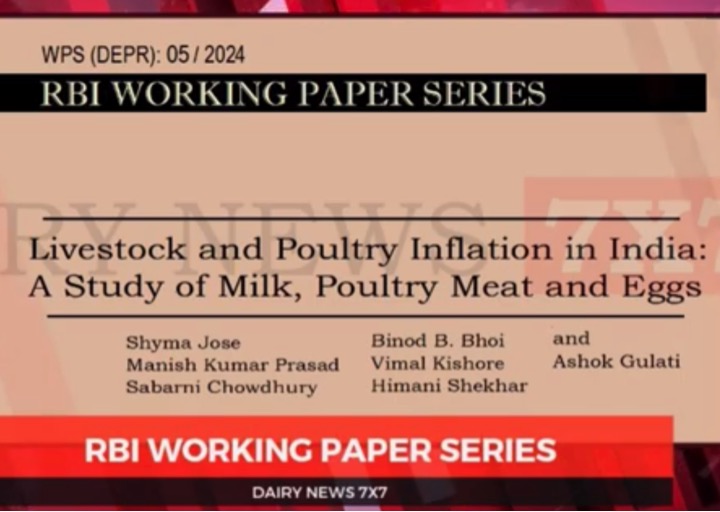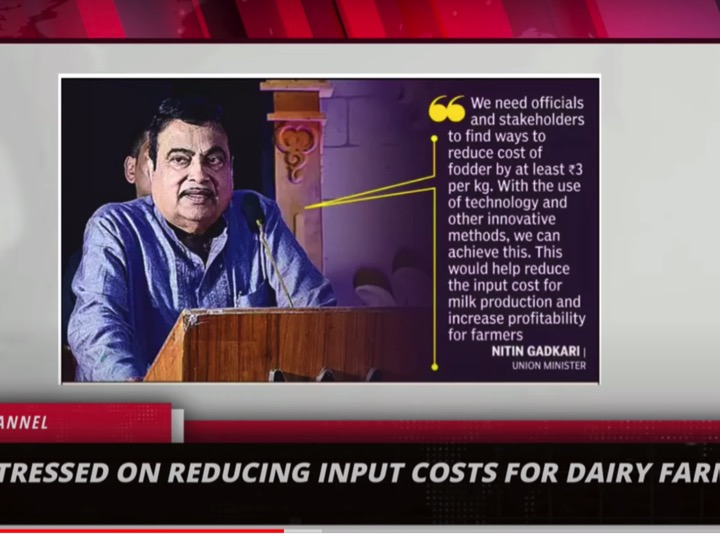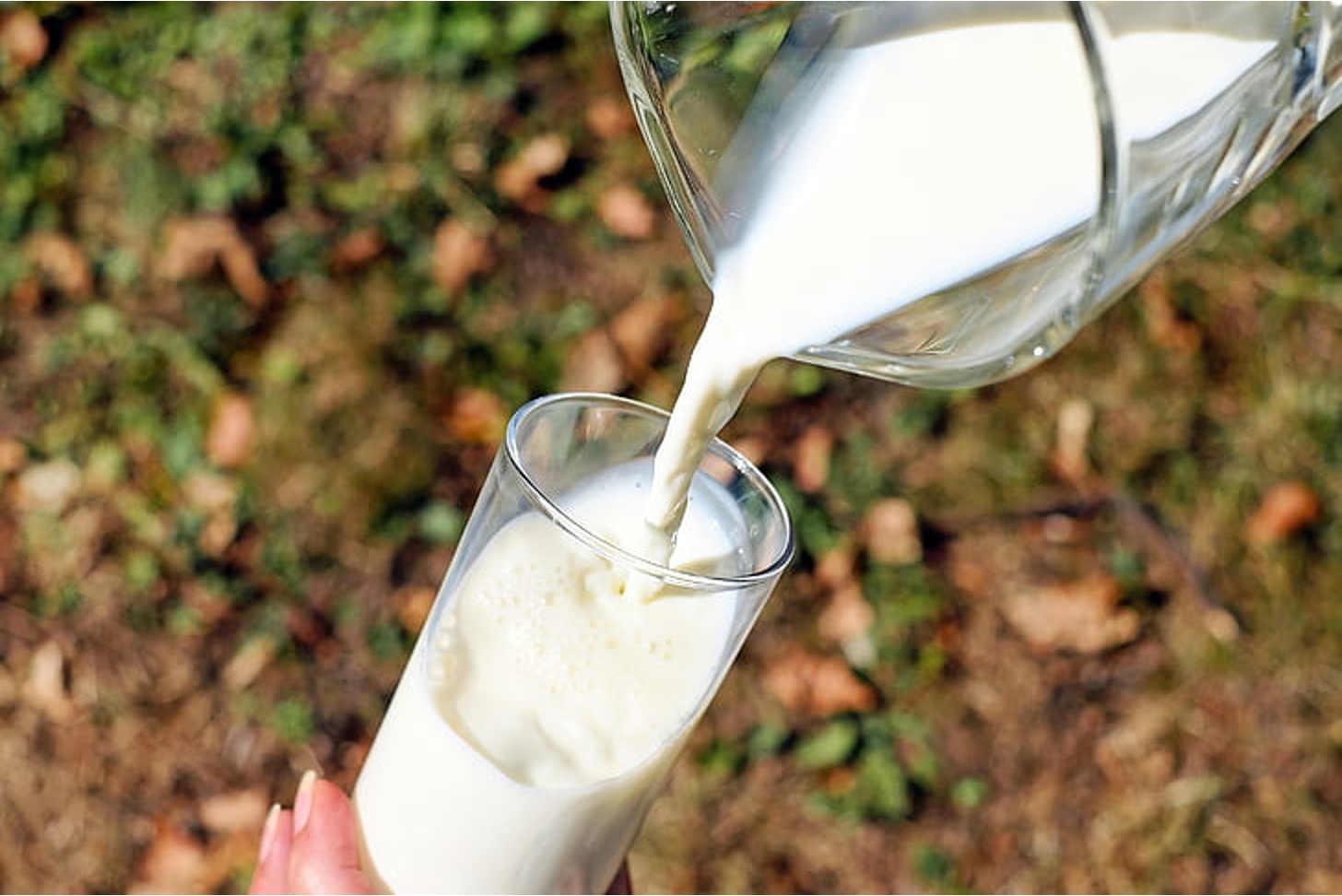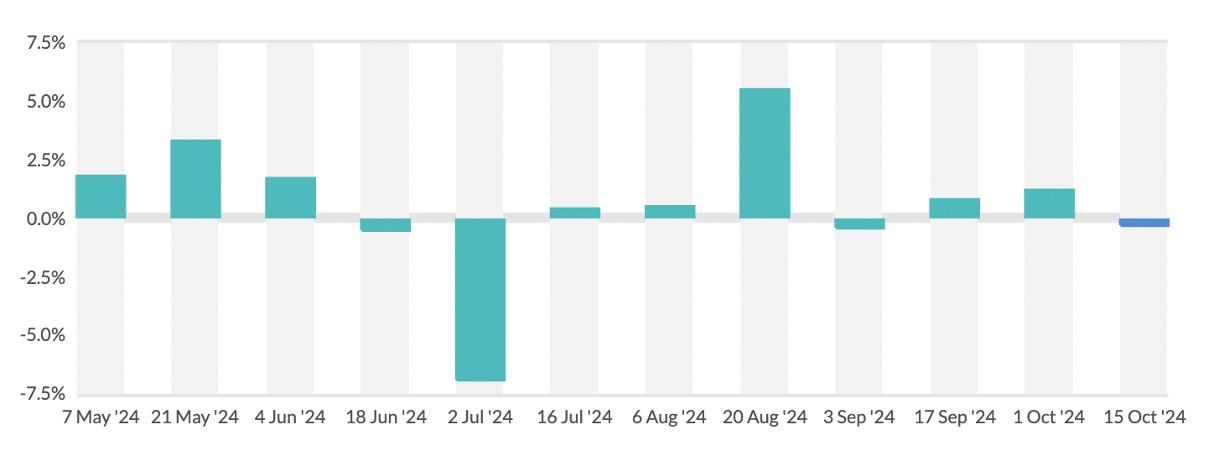The global dairy market may experience a slower price recovery than previously anticipated, particularly as China shows a reduced need for dairy imports, Rabobank says in recently-released sector research.
But, despite this, the overall market outlook remains positive, the global specialist agribusiness bank says in its Q2 Global Dairy Quarterly, titled Searching for Equilibrium.
The report says the initial surge in global dairy prices seen in late 2023 and early 2024 was largely due to a period of importers’ restocking at lower prices rather than a robust uptick in consumer demand.
And the recovery in global milk prices has encountered some headwinds in Q2 2024, the bank says.
Earlier expectations of gradual price increases throughout the year have been tempered by a combination of weaker global demand and increased domestic milk production in China, which has led to a reduction in imports.
These factors suggest global dairy prices may encounter further obstacles on the path to recovery, according to Rabobank.
Report co-author and RaboResearch senior dairy analyst Michael Harvey said while China had seen an upward revision in its milk production forecast for 2024, other key dairy-producing regions are not faring as well.
“Milk production from the main global export regions will expand only modestly in Q3 before gaining some momentum towards the end of the year,” he said.
Mr Harvey said this subdued global milk supply growth should help underpin a continuation of the dairy market recovery and an improvement in milk prices for dairy producers in most regions around the world.
However, he cautioned, the recovery would not be smooth.
Australia
For Australia, the report said, milk production was higher across all regions and states for the season-to-date (at 5.95 billion litres for June 1, 2023 to February 29, 2024).
Mr Harvey said key dairying regions across Australia had seen a “mixed autumn break”, with western Victoria and south-east South Australia experiencing dry conditions.
“And while El Niño has ended, the Bureau of Meteorology is predicting below-average rainfall in its near-term outlook.”
Nonetheless, Mr Harvey said, milk production growth will carry momentum into the new season, with Australian dairy farmers generally on a strong footing as the new season approaches.
“Feed availability is adequate following good winter and summer crops and full water storage will also ensure availability of irrigation water.”
The bank forecasts Australian milk production to finish the 2023-24 season 2.9 per cent higher at 8.23 billion litres.
An early look at the 2024-25 season — to commence on June 1 — sees the bank forecasting a further one per cent increase in milk production ahead.


























